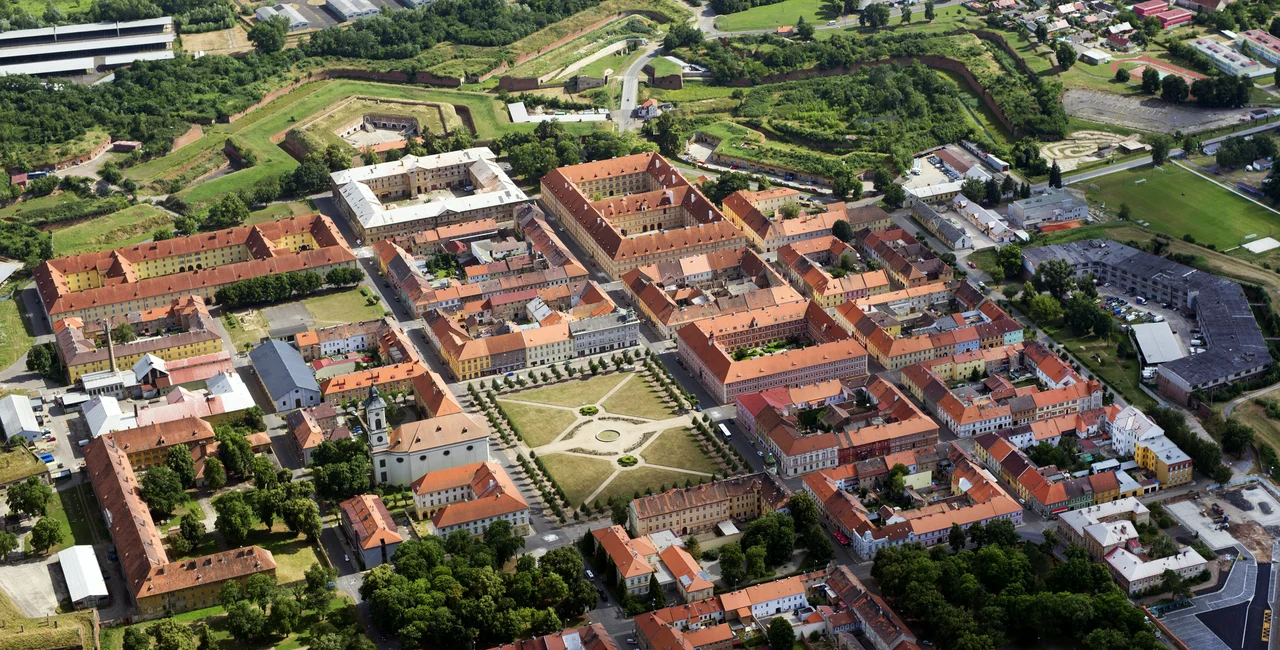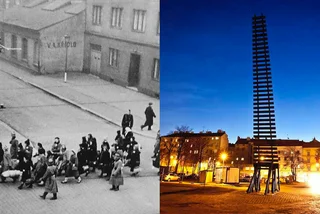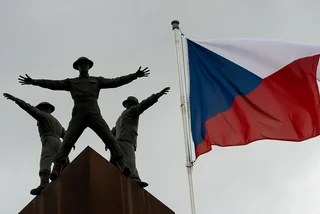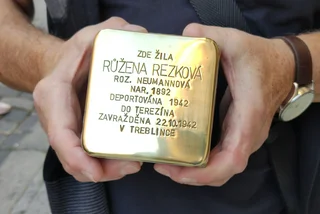American news outlet CNN has included the Czech city of Terezín as one of their marvels of Renaissance engineering. The publication put together a list of the best of Europe’s star cities, which are described as having “perfect geometrical beauty.”
The list has 13 such places, with five in the Netherlands, two each in Italy and Portugal, and one each in France, the Czech Republic, Poland, and Croatia.
The symmetry of these places is best appreciated from above, and often not really evident when visiting the place in person. CNN compared then to snowflakes under a magnifying glass due to the “neat, intricate way they’ve been laid out.”
The star-shaped fortified cities were built starting in the 16th century in Italy. The design was due to the then-modern technology of cannons making medieval town walls obsolete.
“High, vertical walls gave way to low-lying ramparts, which offered less of a target, while wide moats, sloping earthworks and complex networks of protruding bastions would eliminate any blind spots and prevent besieging armies from coming anywhere near the ramparts,” Miquel Ros wrote for CNN.

CNN’s list is not comprehensive. It focuses on places that have both become communities for people and also retained a sense of their original design.
Terezín’s history, though, sets it apart from the other locations on the CNN list.
The former military fortress Terezín, also known as Theresienstadt, was built in Northern Bohemia starting in 1780 under the orders of Emperor Joseph II and named after his mother, Empress Maria Theresa. It has two parts, a large fortress and a small fortress ,on either side of the Ohře River,
A less-famous fortified town called Josefov (Josephstadt), now part of the town of Jaroměř, was built at the same time.
Terezín didn’t see much combat in the 18th and 19th centuries, but it was used as a prison camp in both World Wars in the 20th century. It is now most often remembered as the site of a concentration camp during World War II. A permanent exhibition on the history of the Terezín Ghetto opened in Terezín’s former municipal school in the fall of 1991.
During World War I, Austro-Hungarian authorities used it as a political prison camp for pro-Russian prisoners from Eastern Europe. The inmates included Gavrilo Princip, the man who assassinated Archduke Franz Ferdinand and his wife in Sarajevo, which led to the outbreak of the war.
Princip died of tuberculosis in the prison camp in April 1918. His suspected remains in 1920 were moved from an unmarked grave at Terezín to a chapel in cemetery in Sarajevo.

The fortress was used by the Gestapo as political prison camp at the start of World War II, with the first prisoners arriving in June 1940. Prisoners were primarily Czechs, but there were also people from the Soviet Union, as well as Poles, Germans, and Yugoslavs.
It became a concentration camp for Czech Jews starting in September 1941, and Jews from Germany and Austria began to arrive in June 1942, followed by Dutch and Danish Jews in 1943. While it was not an extermination camp, many inmates were sent from Terezín to other sites where they were killed.
Of the estimated 144,000 Jews sent to the Terezín Ghetto, over 88,000 were deported to extermination camps such as Auschwitz. About 33,000 people died at Terezín, from malnutrition and disease. The total number of survivors is estimated at around 23,000.

Terezín was also used for propaganda purposes by the Nazis. A delegation from the International Committee of the Red Cross and the Danish government visited in June 1944, and were shown selected areas that had been beautified. A Swiss doctor, Maurice Rossel, wrote a favorable report claiming the inmates were well-treated and denying that there were deportations.
A 90-minute Nazi propaganda film also attempting to depict the camp in a positive light was made in 1944 but only screened a few times. It showed the camp as a cultural center, with people gardening, playing music, participating in sports, and relaxing at a cafe. All of this was simply staged for the camera. Only 20 minutes of the film survive.












 Reading time: 3 minutes
Reading time: 3 minutes 





























